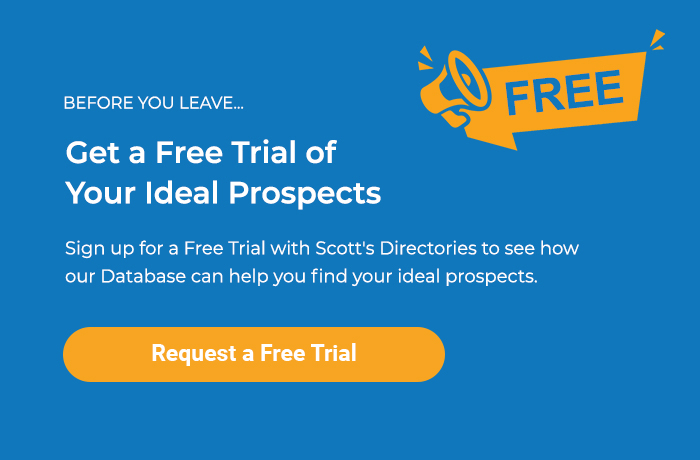Presentations with Purpose
For many of us, whether face to face or via a “webinar”, doing a presentation is an expected part of your selling process.
This module talks about some of the do’s and don’ts.

Classic Mistakes
| Presenting too soon: | Too often, people present their solution at the early stages of the courtship thinking that the bells and whistles, features and benefits will razzle dazzle their audience. This is a mistake. Even if they request a presentation, you should rather complete your discovery discussion, confirm a real pain (& desire to solve), before jumping into your presentation. Lots of razzle dazzle will not likely get someone to buy something they really don’t need. |
| Focusing on the “How” First | People want to know who you are, what you offer and why it matters to them, long before they care about “how it works” (This is even more critical when doing a software demonstration). First get confirmation that they are aligned with the “what & why”. Only then present the “how”. |
How Do I Present
Step 1: Since you would have completed a discovery discussion prior and know their pain points and focus, customize the delivery of your presentation to highlight those pain points … often skipping stuff that is only “nice to know”.
Step 2: Follow this simple formula when creating & presenting your presentation.
a. Create a scenario they can relate to (think of it a starting a “story” or analogy about a client or situation that they can relate to)
b. Tell the “What” (What it does)
c. Explain the “Why” (Why it’s important to them)
d. Show the “How” (How it works)
e. Show the “How Detail” (Dig in deeper to give examples of functionality). You can even follow the formula above (what, why & how) section by section.
Tips:
– Often the decision maker only cares about the “what” & “why” … not the “how”. This may mean having to do 2 meetings. One with the decision maker and one with the technical users. Both have different criteria in order to buy-in.
– Focus on them & what they want/need. Avoid pitching.
– Get them engaged – especially since presentations are often remote (i.e. you can’t see their eyes, body language, expressions). Ask them questions, offer for them to ask questions, take pauses and invite them to provide content for your presentation.
– If the presentation is online, change tone, reflection, tempo, speed. Exaggerate your wording for impact.
– Every presentation should be:
- Focused
- Fun
- As short as it can be
– Always ask “trial close” questions throughout (see trial close module for examples)
– Finish with a specific next action that you both agree to … including a time-frame.
When it comes to finding reliable partners in the Canadian market, Scott’s Directories is an invaluable resource. The direct...
Read MoreA Western Directory can significantly enhance your B2B marketing strategy. By leveraging detailed data, you can identify potential...
Read MoreFinding the right healthcare facility is crucial for quality care. The list of hospitals in Ontario provides an extensive director...
Read More
























